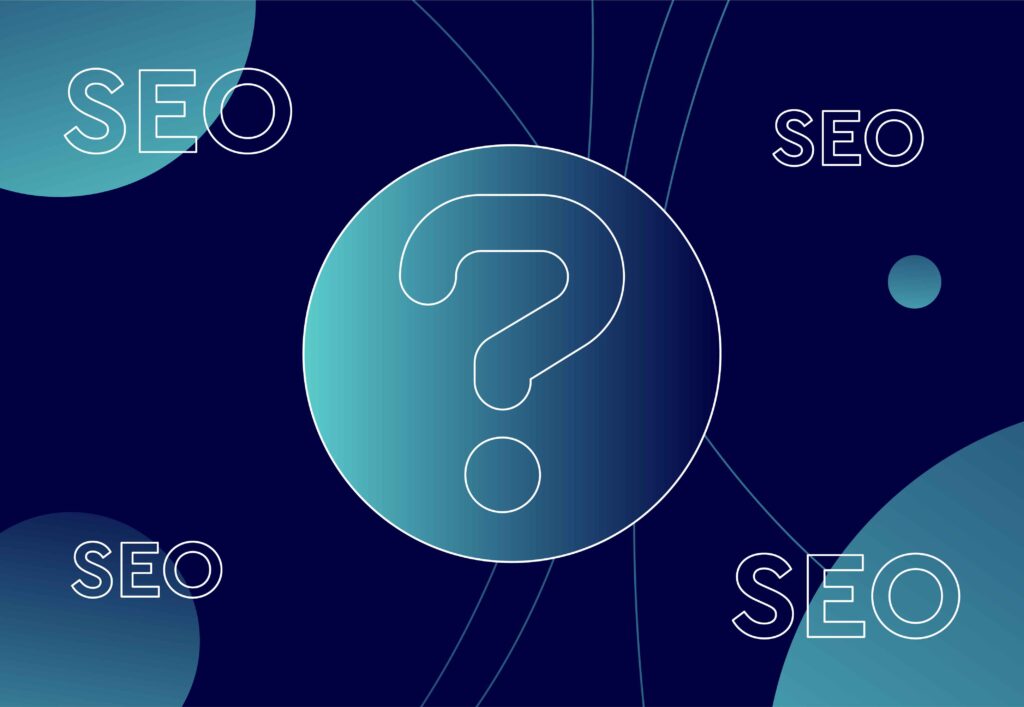
How to do SEO on a headless CMS

There appears to be a rising popularity for businesses turning to headless CMS platforms over the promise of more flexibility and control over content management. However, this shift from a more traditional CMS’ does raise the question about whether businesses are prioritising their online presence SEO performance and whether they are aware of the potential complication and impact of their decisions to a headless CMS.
So, what is a Headless CMS?
A headless content management system separates the website’s content from the back-end elements such as code and design. This means you can manage all your website’s content in one singular place and distribute it across the relevant digital channels. They do function differently from your more traditional CMS, such as WordPress which many will be familiar with, however, this does mean there are a different set of considerations when it comes to SEO optimisation.
The key difference between a headless CMS and a traditional CMS, is that in a traditional CMS, all different site elements such as content, code, and design all live in one place and can’t easily be separated. However, this is the complete opposite of a headless CMS where your content, code, and design are all separated out.

Six SEO best practices to follow with a Headless CMS
Focus on Page Performance, Loading and Rendering: Using a CDN, also known as a content delivery network, alongside a headless CMS is a great way to lighten the load on servers load and deliver your content faster to users. However, other aspects of the website can be amended to improve loading times such as script loading and image sizes.
It’s also preferred that you implement server-side rendering if your site heavily uses JavaScript, as this will ensure search engines can crawl and index the content without facing any issues.
Even though Google is supposed to be able to crawl client-side rendering, some other search engines are unable to and it is known that there are complications when it comes to crawling Javascript websites using client-side rendering.
Request Key Metatags: Requesting every meta tag you will require will be necessary, as these will be elements we have taken for granted to be able to edit and incorporate on more traditional CMSs such as WordPress. Some examples of main meta tags you will want to incorporate include the following:
- Page Title: This is the title that appears in the SERP for your URL
- Meta Description: This is the small snippet that tells users what your content is about which impacts the click-through rate.
- Meta Robots: You might want to include meta robot tags to tell search engine crawlers whether or not they should index the page.
- Viewport: This tag is key to ensure your content is mobile friendly and should be included by the developers. Its purpose is to adapt the visible area of a page to user devices and the optimal way is to set the automatic scaling that fits the page onto the device screen.
- Open Graph Tags: These aren’t necessarily SEO-related, but they are essentially snippets of code that control how URLs are displayed when shared on social media.
Use Structured Data Markup: To elevate your content performance, you should request a field to input schema markup onto your website as this will help Google and other search engines be able to better understand your onsite content meaning you may be eligible for rich results.
Use Short, Keyword-Rich URLs: Creating keyword-specific and structured URLs is key for SEO, so being able to implement a solid URL structure and having the ability to edit your URLs so that they aren’t complicated and clear to the user will help to match your content with people who are searching for your target queries, with better relevance and transparency of where their click leads to because URLs that are short, concise and keyword-rich tend to perform better in the SERP.
XML Sitemaps: To make sure that search engines like Google can find and index all of your content then creating a XML sitemap is the way to do this. Not only is creating one important, but maintaining and updating your sitemap as you scale your website over the long term will ensure that all your content gets found, which can be done through an automated process.
Optimising Onsite Visuals for SEO: Optimising image sizing within your headless CMS will help with overall site performance, as well as implementing alt tags on each image which is basically just a description of the images or other visuals on a web page. Other ways you can look at image optimisation is by requesting lazy loading of images and visual elements, which means that only the most essential content is downloaded first and displayed to users, with the non-priority content fetched later down the loading cycle. Lastly, if possible, serve your images in a WebP format which again will help load your webpage and your images faster.
Is your marketing feeling a little headless?
Whether you use a Headless CMS or not, if your website is feeling a little lacklustre and you think it could do with a change of direction, then why not get in touch with us today?


